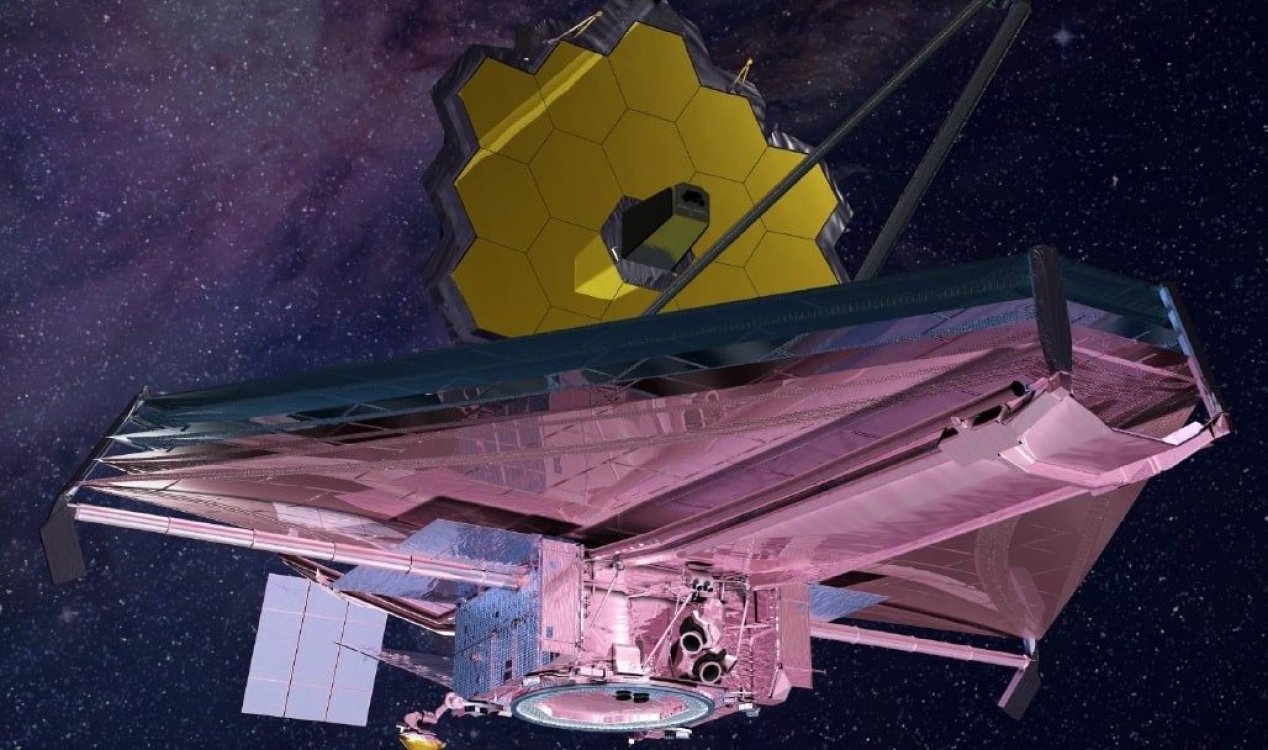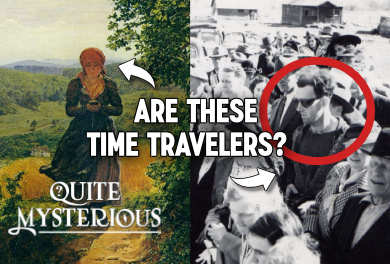Space & Astronomy
May 6, 2024 · 8 comments
8 comments

The James Webb Space Telescope. Image Credit: NASA
Classed as a 'mini-Neptune' with a radius about 2.6 times that of the Earth, this enigmatic world is situated in its star's habitable zone, meaning that liquid water could potentially exist on its surface.
At the time, a great deal of excitement ensued and it was reported that the James Webb Space Telescope was set to conduct follow-up observations in an effort to confirm the discovery.
But how plausible is it that evidence of life has been found ?
Now according to a new study, it is possible that what Dr Nikku Madhusudhan actually found in the atmosphere of K2-18b is methane - a gas that, by contrast, is not uniquely associated with life.
The study authors argue that dimethyl sulphide typically dissipates very quickly before it can accumulate in large quantities and that the instrument used by the James Webb Space Telescope to detect it on K2-18b shouldn't really be able to differentiate it from methane gas.
"The signal strongly overlaps with methane, and we think that picking out DMS from methane is beyond this instrument's capability," said study lead author Shang-Min Tsai.
That said, the telescope is equipped with another instrument - the Mid-Infrared Instrument (MIRI) - which should be better able to tell DMS apart from methane.
This means that when it conducts follow-up observations in the near future, it should be possible to determine once and for all whether there really is dimethyl sulphide in the planet's atmosphere.
Until then, we'll just have to wait and see.
Source: Live Science | Comments (8)
New study offers update on possible detection of life on K2-18b
By T.K. RandallMay 6, 2024 ·
 8 comments
8 comments
The James Webb Space Telescope. Image Credit: NASA
Has the James Webb Space Telescope found life on a distant extrasolar world or could there be an alternative explanation ?
Back in April, we reported on the potential discovery of dimethyl sulphide (a gas uniquely associated with life) in the atmosphere of an extrasolar planet known as K2-18b.Classed as a 'mini-Neptune' with a radius about 2.6 times that of the Earth, this enigmatic world is situated in its star's habitable zone, meaning that liquid water could potentially exist on its surface.
At the time, a great deal of excitement ensued and it was reported that the James Webb Space Telescope was set to conduct follow-up observations in an effort to confirm the discovery.
But how plausible is it that evidence of life has been found ?
Now according to a new study, it is possible that what Dr Nikku Madhusudhan actually found in the atmosphere of K2-18b is methane - a gas that, by contrast, is not uniquely associated with life.
"The signal strongly overlaps with methane, and we think that picking out DMS from methane is beyond this instrument's capability," said study lead author Shang-Min Tsai.
That said, the telescope is equipped with another instrument - the Mid-Infrared Instrument (MIRI) - which should be better able to tell DMS apart from methane.
This means that when it conducts follow-up observations in the near future, it should be possible to determine once and for all whether there really is dimethyl sulphide in the planet's atmosphere.
Until then, we'll just have to wait and see.
Source: Live Science | Comments (8)

The Unexplained Mysteries
Book of Weird News
AVAILABLE NOW
Take a walk on the weird side with this compilation of some of the weirdest stories ever to grace the pages of a newspaper.
Click here to learn more

Support us on Patreon
BONUS CONTENTFor less than the cost of a cup of coffee, you can gain access to a wide range of exclusive perks including our popular 'Lost Ghost Stories' series.
Click here to learn more
Earth, Natural Disasters and the Environment
Ancient Mysteries and Alternative History
Spirituality, Religion and Beliefs
Israel, Palestine and the Middle-East
Total Posts: 7,779,289 Topics: 325,632 Members: 203,943
Not a member yet ? Click here to join - registration is free and only takes a moment!
Not a member yet ? Click here to join - registration is free and only takes a moment!




































Please Login or Register to post a comment.